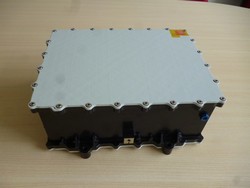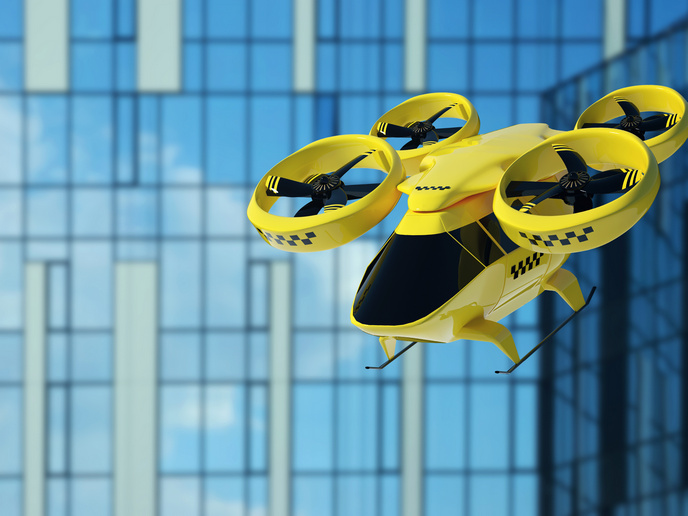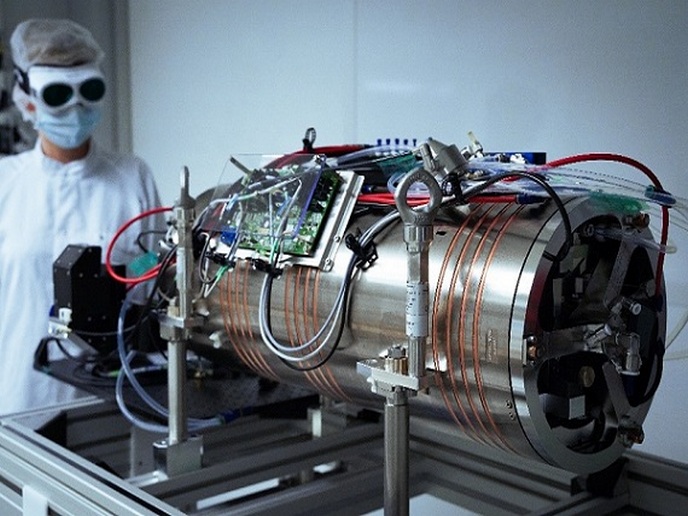Hermetically sealed aircraft electronics
Advanced fibre-reinforced composite materials bring a host of advantages that are extremely useful in aerospace applications. Unlike their metallic counterparts, they are lighter in weight, offer the opportunity of tailoring lay-ups for optimum strength and stiffness, and have improved fatigue strength and corrosion resistance. With good design practice, they also reduce assembly costs as a result of having fewer detailed parts and fasteners. The SEALEDBOX (Aerospace housing for extreme environments) project successfully demonstrated the use of composite materials to protect electronic equipment located in unpressurised areas of aircraft. A motor control unit was selected to demonstrate the SEALEDBOX solution of a hermetically sealed, low-weight and low-cost enclosure. Researchers re-engineered the top and bottom covers to demonstrate the technical and economic viability of using composite materials for electronic housing. Standard high-strength carbon fibres together with aerospace grade infusion epoxy resin were selected as the main materials for producing the covers. Resin infusion was the ticket to keeping manufacturing costs low. The team conducted trials at sample level to explore the different material solutions. Detailed analyses demonstrated that the covers could withstand the highly dynamic conditions. The laminate selected fulfilled both weight and stiffness requirements, while the thermal results obtained were in line with the aluminium counterpart. The composite structures manufactured successfully passed the electrical bonding and sand and dust tests. Optimisation work also helped prevent damage during painting. Proper electronic enclosures protect electronics against harsh conditions, prevent heat dissipation and radio frequency interference, and provide electrostatic discharge protection. The use of composite materials that are inherently stronger has important implications for more efficient power electronics.
Keywords
Aircraft, electronics, composite materials, electronic equipment, aerospace







